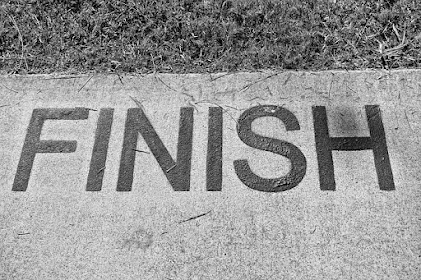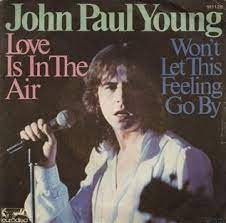Research: How to make a short film
After watching the video and completing my own research, I was able to construct a step-by-step process for creating a short film.
First, came up with a compelling and original idea for my short film. This can be inspired by personal experiences, current events, or just my imagination.
Next, I will write a treatment or outline for my film. This should include the main plot points and character arcs, as well as any significant scenes or dialogue.
Once I have a solid treatment, I will start writing the script. Make sure to keep the length of my film in mind, as my short film can be a maximum of 5 minutes.
As I write, I focus on creating strong and relatable characters. A well-developed protagonist can help to engage my audience and make them care about the story.
Keep the dialogue natural and realistic, and try to avoid heavy exposition. Show, don't tell, and use visual storytelling to convey information and emotion.
Pay attention to the structure of the film. A three-act structure can be effective for a short film, with the setup, conflict, and resolution occurring in the first, second, and third acts, etc.
Consider using visual elements, such as lighting, camera angles, and shot compositions, to enhance the mood and tone of your film.
Music can also be a powerful tool in a short film. Choose music that fits the mood and theme of your film and use it sparingly to avoid overwhelming the visuals.
As you edit your film, try to trim any unnecessary scenes or dialogue. A short film should be concise, and to the point, so every element should serve a purpose.
Don't be afraid to experiment with different techniques and styles. A short film is a great opportunity to try new ideas and push yourself creatively.
Collaborating with others can also be beneficial. Bring on a team of talented individuals, such as actors, cinematographers, and editors, to help bring your vision to life.
Don't forget about sound design. Good sound design can elevate a film and help to create a more immersive experience for the viewer.
Consider the pacing of your film. A short film should have a quick pace, but be mindful of not rushing through the story or skimping on character development.
Use title cards or captions to introduce characters or provide the necessary context for the viewer.
Make sure to have a clear beginning, middle, and end to your film. A satisfying resolution can leave a lasting impression on the viewer.
Don't be afraid to take risks and try something new. A short film is a great opportunity to challenge yourself and push the boundaries of traditional storytelling.
As you near the end of the production process, be sure to check for any continuity errors or technical issues.
Finally, consider entering your short film into film festivals or online competitions to get it seen by a wider audience.
Don't be discouraged if your film doesn't get accepted or doesn't do well. Use it as an opportunity to learn and grow as a filmmaker.
Above all, have fun and enjoy the process of creating a short film. It's a great way to express yourself and tell a unique and engaging story.




Comments
Post a Comment